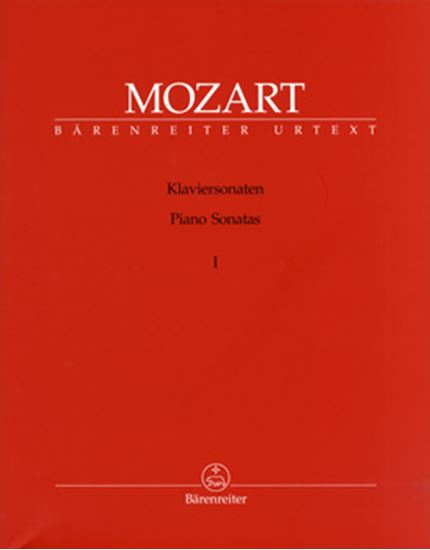Mozart, Wolfgang Amadeus : Sonate für Klavier Nr.6 'Dürnitz' Mov.2 Rondeau en Polonaise-Andante
Work Overview
Genre:sonata
Total Playing Time:5 min 00 sec
Copyright:Public Domain
Commentary (2)
Author : Inada, Saeko
Last Updated: February 26, 2021
[Open]
Author : Inada, Saeko
Andante, A major, 3/4 time. Rondo form. The original version includes the movement indication "Rondeau en Polonaise" (Rondo in Polonaise style). The polonaise rhythm of the theme is ornamented with each presentation, taking on the character of elegant variations.
Author : Ooi, Kazurou
Last Updated: July 21, 2025
[Open]
Author : Ooi, Kazurou
This is an aria for a female solo voice, so it is assumed that a singer performs it. By clearly distinguishing between the vocal parts and the orchestral parts, the structure of the piece can be understood. First, memorize the basic theme. Measures 1-8 are considered the basic theme.
Measures 1-2: The vocal part is written in the treble clef in measure 1 and ends on the downbeat A of measure 2. The notes E, D#, E, D, C# starting on the upbeat are considered to be played by orchestral instruments such as woodwinds. The orchestral part ends in measure 2, and the vocal part resumes from measure 3, extending from the treble clef in measure 3 to the downbeat D in measure 4. From the upbeat of the first beat in measure 4, the orchestra re-enters, and the vocal part resumes from measure 5, continuing without a break until measure 8. This is considered the basic form.
Later, this theme will undergo variations, but do not be misled by the multitude of notes; recognize the theme. And differentiate your playing between the vocal parts and the orchestral parts.
This movement contains notes of considerably short duration, such as 32nd notes and 16th-note triplets. However, do not forget that the basic tempo is Andante. Nevertheless, if you choose a tempo that does not create a sense of urgency when playing these small notes, the measures written with notes of longer duration will result in an unnatural flow. As advice, please consider this second movement to be one where, although a basic tempo is set, it is appropriate to be "close to Romanticism" and "freely fluctuate the tempo." By doing so, the flow will become natural, and the differences in note values will become less noticeable.
PTNA & Partner Channel Videos(0items)
Sheet Music
Scores List (9)

(株)全音楽譜出版社

(株)全音楽譜出版社

(株)全音楽譜出版社

(株)音楽之友社

(株)全音楽譜出版社

ヘンレ社(ヤマハ)




